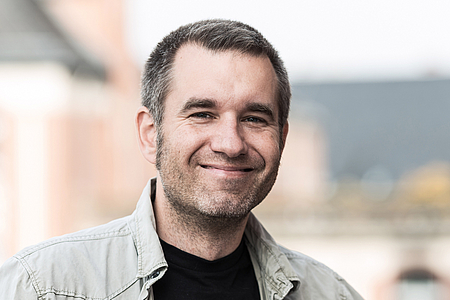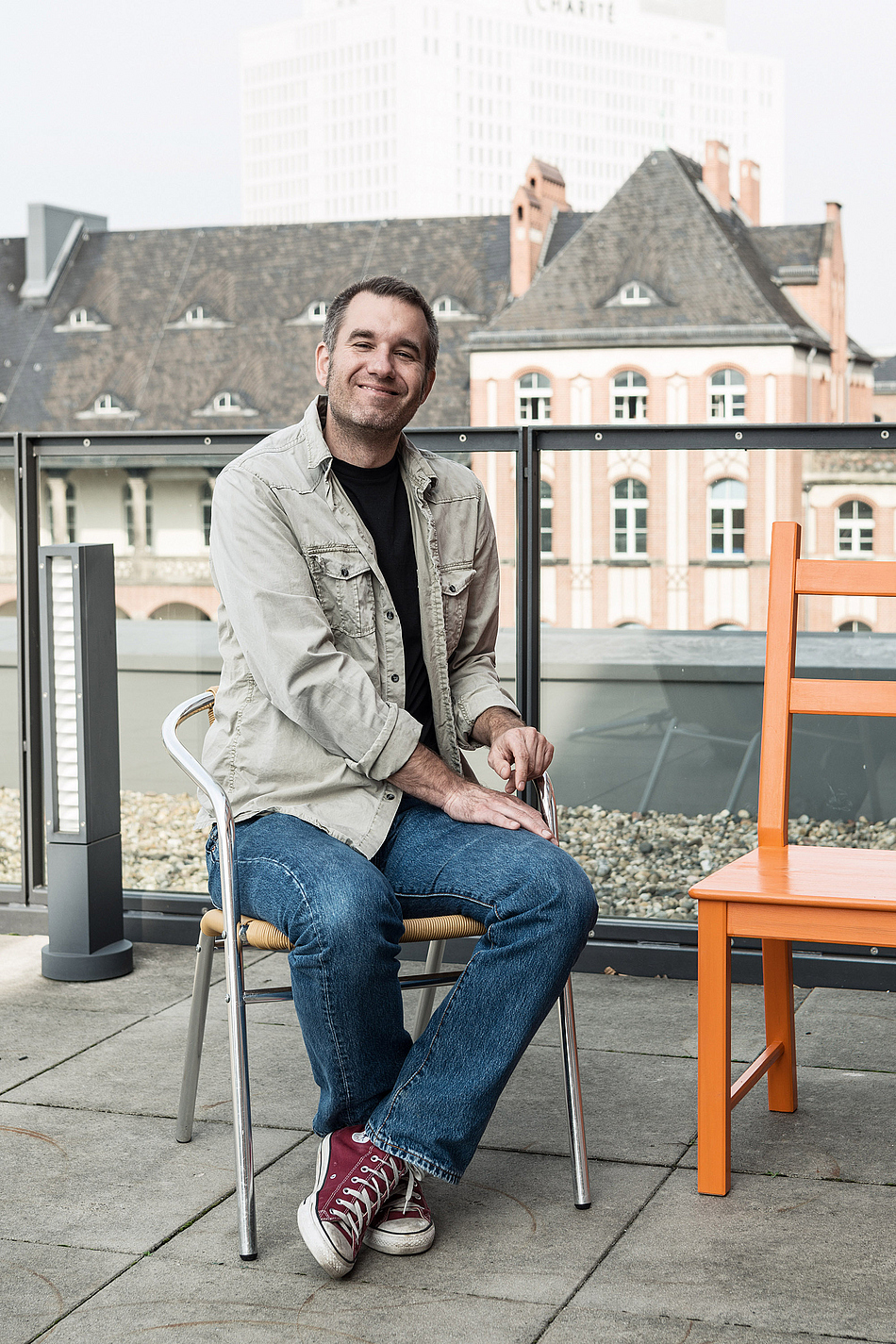Mutations, free software, speed-dating and other unsolved problems
Professor Seelow, imagine that you’re retired and looking back at your life as a researcher. What would you like to have achieved?
No one knows exactly how the human brain functions. We know about partial mechanisms, but there‘s still a lot that hasn’t yet been explained. It’s fascinating how much we are able to notice. Just think how much storage space it would need to save a whole life, in color and with sound, on a hard drive. But the brain is able to unconsciously filter out the relevant elements. I would find it fascinating to understand how these mechanisms function – particularly pathophysiologically, when it isn’t functioning normally. I hope that I can contribute to a better understanding of complex diseases like schizophrenia, by revealing genetic patterns and mechanisms. This also enables one to draw conclusions about how the brain as such functions.
And what are you currently working on?
I write software for researching monogenic diseases. These are diseases, such as cystic fibrosis or Huntington’s chorea, that are caused by mutations in a single gene. These diseases are easier to observe than complex diseases like diabetes or schizophrenia, in which besides the genetic components, environmental influences also pay a role.
What exactly does and can your software do?
When you completely sequence the genome of a human being, you find on average about 3 million variations, i.e. divergences from the published DNA sequence of the human genome. A change inside a gene can for example lead to a protein‘s becoming too short and thus not functioning. However, most variations are harmless. Our research team is developing software for doctors and scientists to enable them find out which changes can potentially trigger a disease, and which should therefore be looked at more closely in a laboratory. This helps them to filter out the important elements from this mass of potential triggers. In an additional project, we are also trying to estimate disease relevance of variations outside genes. A change outside a gene can result in its not being possible to transcribe that gene, and in the consequent disruption of cell function.
What led you to this research field?
I studied biochemistry and I quickly realized that I didn’t want to spend my entire life in a laboratory. Something I noticed time and again was that the main problem with scientific projects is often not data collection, but data analysis. Problems regularly arose in the communication between computer scientists, scientists and doctors. The computer scientists didn’t know what was expected of them and were therefore unable to program anything that could have effectively solved the problems. The result was that projects were massively delayed because there was no suitable software for analyzing them. It became clear to me that, by combining my biochemistry degree with my passionate enthusiasm for programming, I could make a useful contribution here.

Funding program
BIH Delbrück Fellows
Funding period
2016 – 2018
Project title
Development of software to explain monogenetic diseases via whole genome sequencing
Research areas
Bioinformatics, genetics
Institution
Berlin Institute of Health (BIH) and Charité – Universitätsmedizin Berlin
Since 2018
BIH Professor of Bioinformatics and Translational Genetics of the Charité – Universitätsmedizin Berlin and the Berlin Institute of Health (BIH)
2016 – 2018
BIH Delbrück Fellow at the NeuroCure Clinical Research Center of the Charité – Universitätsmedizin Berlin
2009 – 2018
Head of the bioinformatics group in the working group „Developmental Disorders of the Nervous System” at the NeuroCure Clinical Research Center of the Charité – Universitätsmedizin Berlin
As a biochemist, where did you acquire your computing skills?
I already got my first computer back in the 80s, a Sharp. There was no software for it – nothing at all. In order to be able to do anything with that computer, you had to program it yourself – so I tried to do it. In my last year at school I’d attended a very good informatics course, and later on I gradually acquired the rest of my knowledge.
Who can use your software?
It’s important to me to write software that can be used by everyone without any obstacles, and therefore really helps to solve a problem. An essential point for me is therefore that this software should be freely accessible and free of charge. I’m a full-blooded scientist, and the idea of not sharing my research results seems so absurd to me that I don’t even entertain it.
So, researchers from the Charité who need a software can simply contact you?
Basically, yes. The problem is that this hasn’t been institutionalized, so a lot happens by chance here. Unfortunately, it often happens that even within the Charité, many research teams don’t know about the existence and work of other groups. There need to be more networking opportunities on offer, such as a kind of speed-dating for research teams, to enable them to find areas of overlap and potential fields of cooperation.
Did you already want to be a researcher as a child?
No, of course I wanted to work on the railways – and then in refuse collection. The idea of doing research came later.
As a child, you’re often told: “You don’t understand it yet.” I think that’s the most stupid thing you can say to a child, because you should make more effort to explain it to the child. That’s what really motivates me to do this. I’m not prepared to accept that I or that one can’t understand certain things. That’s why I try to write my software so that everyone can operate it. I want to give professionals an easily comprehensible tool for solving their problems themselves. The collaboration with the doctors always gives rise to new questions and thus new problems that I can then solve. It’s also important to me to adapt plans to the given requirements – which means that it’s never boring.
July 2017 / TO and MM
